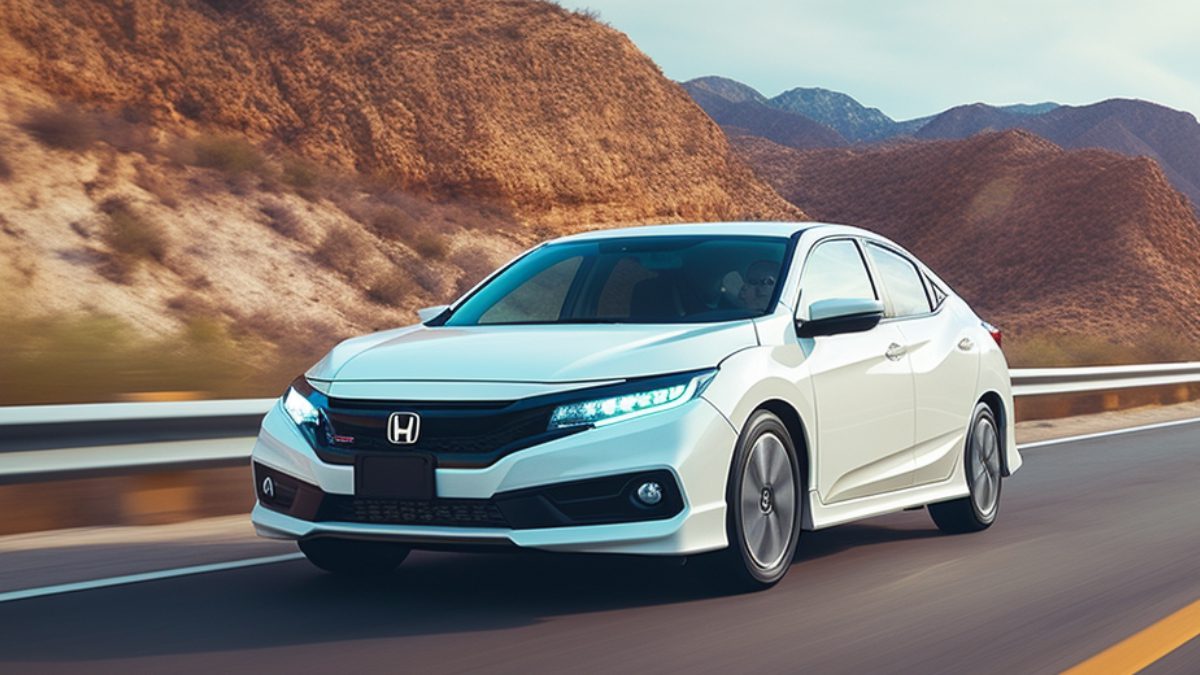Battery Light Came On While Driving – Common Causes And Solutions
Depending on car type and model, over 20 dashboard warning lights, including the battery light, can come on while driving.
The battery light came on while driving; why? The battery light illuminates when there’s a problem with the battery or the alternator. Some common issues that turn on this light include;
- Bad alternator
- Faulty battery
- Damaged alternator belt
- Blown fuse
- Wiring issues
- Too many plug-in accessories
Keep reading to learn more about what causes the battery light to illuminate, how to address the issue, and the potential risks of ignoring the warning. Besides, you’ll have the solutions!
Battery Light Came On While Driving: What is the battery light’s meaning?
The battery light is a warning indicator that alerts you whenever there’s a problem with your car battery and its associated circuits. This light can either turn on when you start the car or while driving.
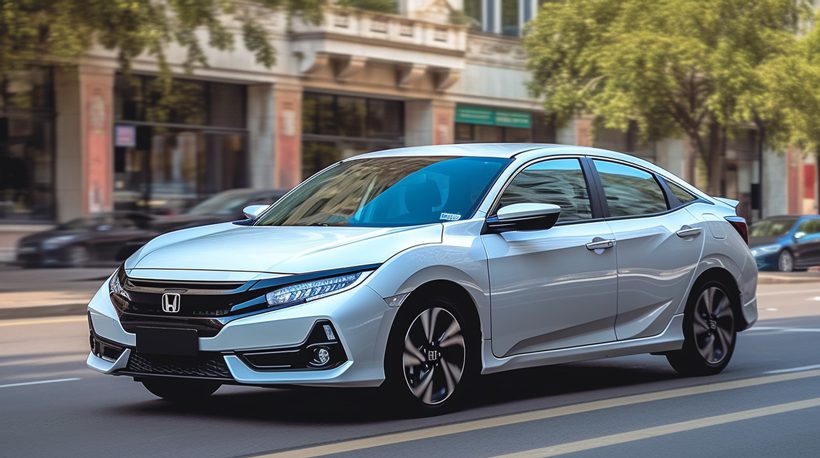
Often, when the battery light turns on immediately after you start the car and turns off moments later, you have nothing to worry about. However, if it stays on or comes on while driving, you must address it promptly to avoid problems that may leave you stranded.
What Causes The Battery Light To Come On?
Some of the most common issues that can cause the battery light to turn on include;
1. Faulty alternator
An alternator converts the mechanical power of the crankshaft into electricity that a vehicle’s electrical components can utilize. While the engine runs, the alternator charges the battery and powers the car’s electrical system.
Typically, the alternator supplies a voltage ranging between 13.5 and 14.5. However, whenever this component fails, the voltage supplied will fall outside this range, triggering the battery light to turn on.
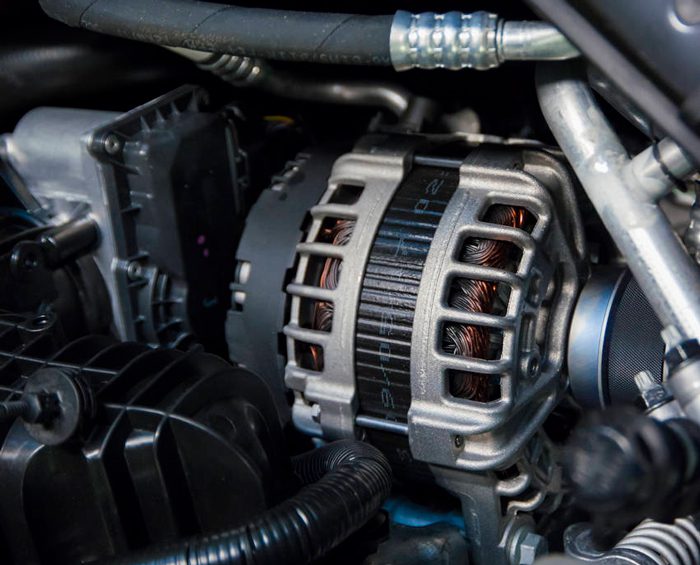
2. Damaged alternator belt
The alternator belt is the component that enables the crankshaft to spin the alternator. When the belt gets damaged or broken, the crankshaft cannot spin the alternator, so no electricity is generated. Whenever there’s no power from the alternator, the battery light turns on.
3. Faulty battery
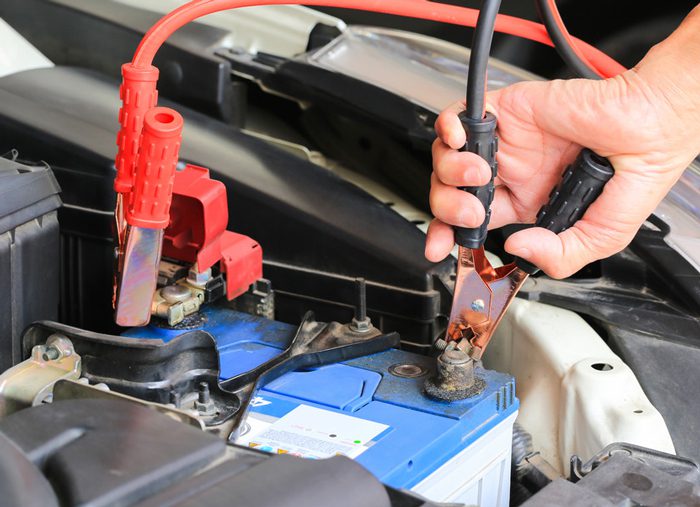
One of the main reasons the battery light turns on is a faulty battery that cannot provide adequate power for the vehicle’s electrical components. There are several causes for battery problems, including;
- Corroded terminals – Significant corrosion on the battery’s terminals breaks the circuit and disrupts the flow of electricity to the vehicle’s electrical system.
- Age – car batteries have lifespans of between three and five years. As the battery ages, its ability to hold the charge diminishes, eventually resulting in total failure.
- Frequent deep discharge – Deep battery discharges happen whenever you leave the lights or other electrical components running while the engine is off. Deep discharges are harmful, especially if done frequently because they significantly lower the battery’s lifespan.
- Extreme temperatures – High temperatures cause a battery’s electrolyte to evaporate, reducing its lifespan. On the other hand, freezing temperatures can freeze the electrolyte and reduce a battery’s capacity.
4. Wiring issues
Several wiring issues can trigger the battery light, including the following;
Battery cable
This cable is the main wire connecting the battery to your car’s other electrical components. As such, this cable should always have a snug fit on the battery terminals to ensure the connection is good. Anytime this cable comes loose, the battery light will turn on.
The battery cable can sometimes break or become corroded over time, disrupting the circuit and triggering the battery light.
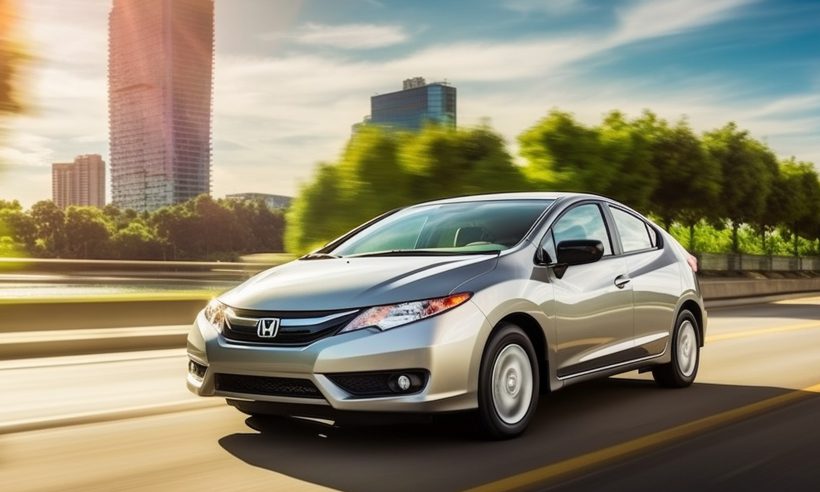
Other wires
Besides the battery cable, a car’s electrical system comprises many wires that distribute power to and from the battery. Whenever one of these wires gets damaged by corrosion, comes loose, or breaks, it disrupts power distribution and triggers the battery light.
5. Blown fuse
The alternator typically has a high ampere fuse between it and the battery to prevent any damage by sudden power surges. If this fuse is blown, the circuit breaks and the battery cannot charge, so the battery light turns on.
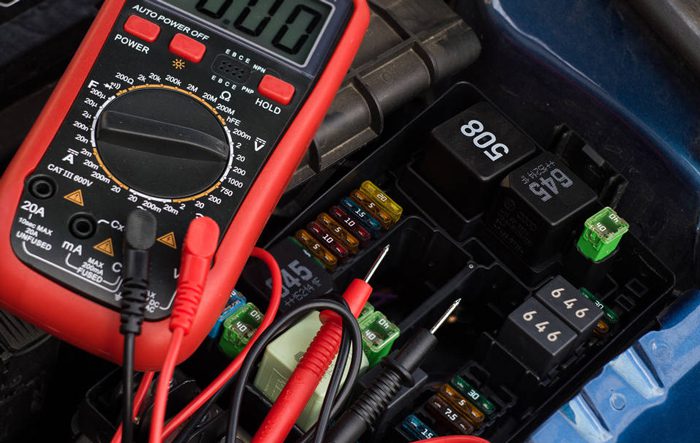
6. Too many accessories
All the electrical and electronic components connected to a car depend on the alternator for power. As a result, adding secondary lights, auxiliary subwoofers, and other plug-in accessories may overload the alternator.
The battery cannot charge adequately whenever the alternator gets overloaded, so the battery light inevitably turns on.
What Should You Do If The Battery Light Turns On While Driving

Whenever your battery light turns on while driving, don’t panic. Here are some of the steps you should take to address the issue;
1. Pull over
Find a safe spot to pull over, park the car, and turn it off. Doing this will prevent any further strain on the battery and alternator.
2. Refer to the car’s manual
It’s important to refer to your car’s manual because it may contain specific information about troubleshooting the battery light on your vehicle model.
3. Assess the battery
Firstly, if the battery is between three and five years old, it is time to replace it with a new one because its problems are probably related to age. However, if the battery is relatively new, follow the steps below;
- Remove the covers protecting the battery and check the terminals for signs of corrosion. If you notice a green, brown, or white layer of flaky material on the terminals, the terminals are corroded. Never touch corroded terminals because they may irritate your skin.
- If you find any dirt or corrosion on your battery’s terminals, you should clean it. Simply disconnect the battery’s cables and use a rag, brush, or cleaning solution like baking soda to clean the corrosion. Dry the terminals after cleaning.
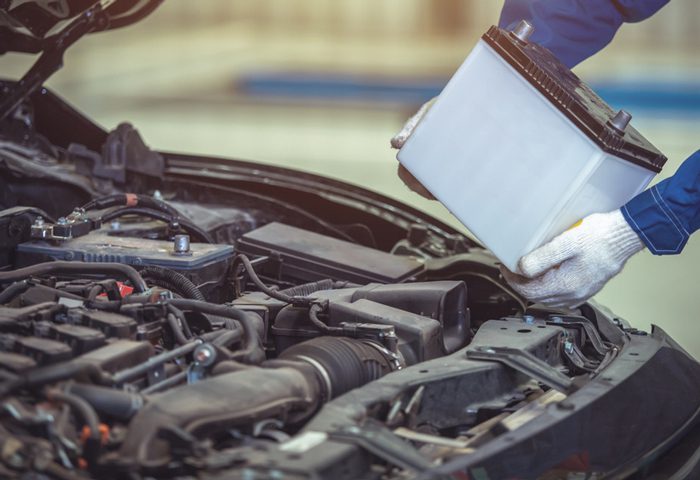
4. Inspect the wiring
Check all the wiring leading to and from the battery and ensure no wire is broken, corroded, or loosely connected. Tighten any loose connections, and if you find any damaged wires, swap them out for suitable replacements.
5. Check the alternator fuse
To inspect the alternator fuse, refer to the car manual to locate it. Look for signs of physical damage or melting that usually indicate a blown fuse. If blown, replace the fuse with a new one of the same ampere rating.
6. Check the alternator belt
Carefully inspect the alternator belt for signs like cracks or unusual warping that may indicate damage. If the belt is damaged, ask a technician to help you replace it.
7. Check the alternator
If the battery light stays on after all these actions, the alternator is probably the issue. To check the alternator;
- Perform a visual inspection – Look for signs of physical damage, corrosion, or rust and ensure all wires are properly connected.
- Measure the voltage – With the engine running, use a multimeter to measure the voltage at the alternator’s output terminal. If the voltage doesn’t fall between 13.5 and 14.5, the alternator’s faulty.
Since troubleshooting an alternator can be challenging, if you can’t figure out the issue, it’s best that you ask a technician for help.
Here’s a video explaining what to do when the battery light comes on.
Can You Drive With The Battery Light On?
Though you can drive for short distances with the battery light on, that’s a risky decision. Here are some of the consequences of ignoring the battery light;
Stalling
The battery light indicates a problem with the battery or the alternator, meaning the engine may not get enough power to run smoothly. Consequently, the car can stall at any moment.
Loss of critical vehicle systems
All the electrical and electronic systems that keep a car moving smoothly depend on the power provided by the alternator and battery. Hence, when you ignore the battery light, these systems eventually shut down or malfunction due to power loss.
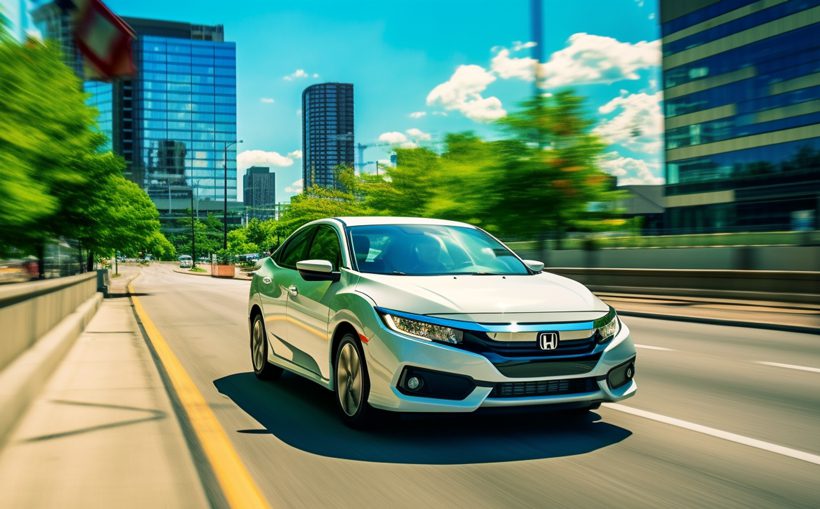
Dim lights
If you’re driving at night when your battery light turns on, there’s a possibility that the lights will become dim, compromising your safety.
Battery damage
Ignoring the battery light while driving forces the car’s electrical systems to draw power solely from the battery. As a result, the battery will undergo a deep discharge, which can result in damage.
If you’ve experienced the issue of the battery light coming on while driving, it’s crucial to address it promptly. To understand why the battery light came on while driving and how to deal with it, read our informative article on how to reset brake light on BMW. Additionally, if you’re facing problems with your brake light not turning on, our guide on brake light won’t turn on can help you diagnose and fix the issue.FAQs
Here are some answers to common questions about the battery light.
If the battery light turns on while driving, you can drive for about 20 minutes with a fully charged battery before it is completely discharged.
Aside from triggering the battery light warning, some of the common signs of a bad alternator include;
- Strange whining or squealing noises
- Dim headlights
- Failure of electrical components like the radio
Though a faulty battery cannot directly damage an alternator, it can cause it to overwork, eventually leading to issues such as overheating and diode damage.
Conclusion
In summary, the battery light typically comes on while driving due to battery or alternator issues. Most of these issues, like loose connections or battery terminal corrosion, are easy to fix. However, if the alternator is damaged, it’s best that you ask a mechanic for help.
Though you can drive short distances with the battery light on, that’s risky. Ignoring the warning can lead to issues like engine stalling and long-term battery damage.

